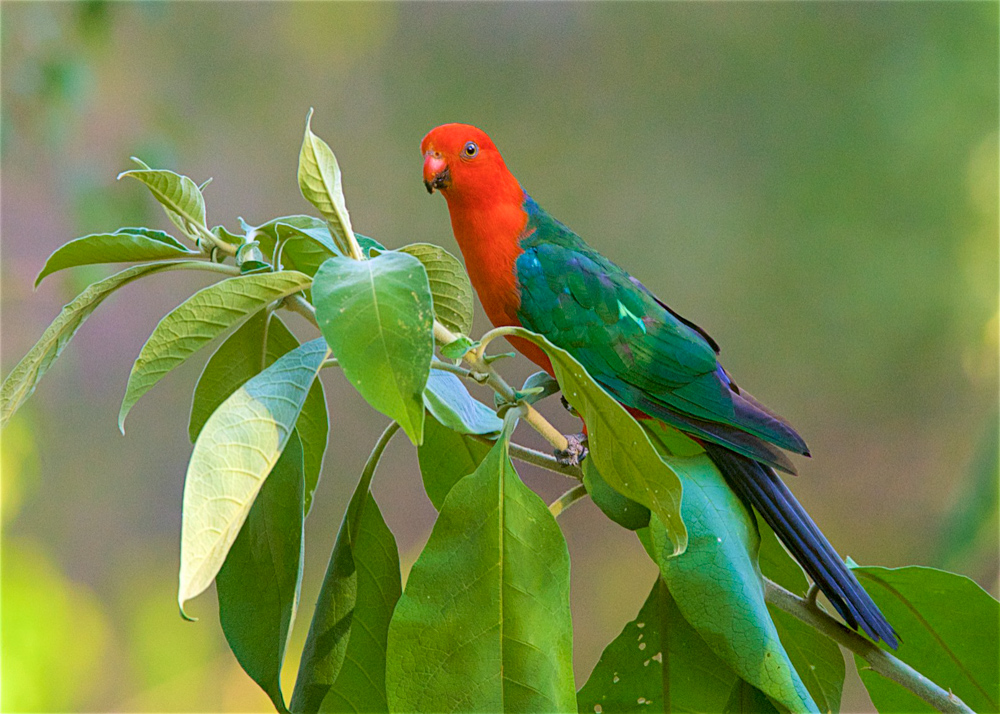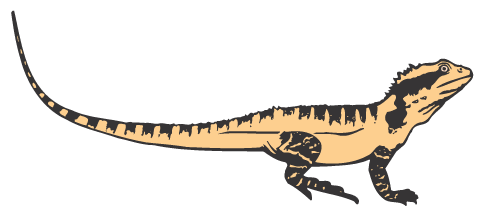A little known fact is that birds see do not see colour in the same way we do.
Birds can see into the ultra-violet (UV) wavelengths so their eyes perceive colours on a wider spectrum than us and they pick up more shades and contrasts.
This interesting fact was only discovered in the 1970’s.
To learn more, head to Jim Butler’s Feather Fascination August 2019, in which he elaborates on avian eyesight, and provides an insight into the life of the wonderful King Parrot.
 The striking colours of a male King parrot, but the colours we see are different to how other birds view him. © Ed Frazer
The striking colours of a male King parrot, but the colours we see are different to how other birds view him. © Ed Frazer

